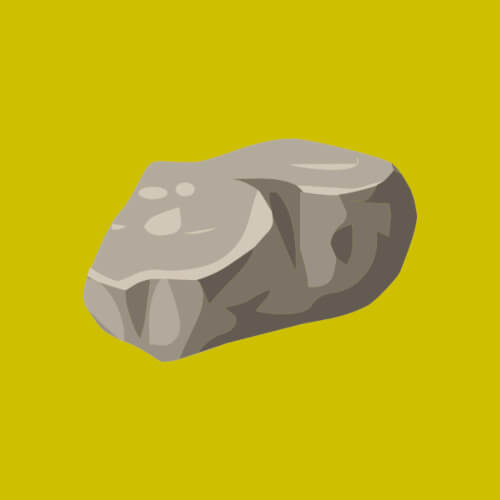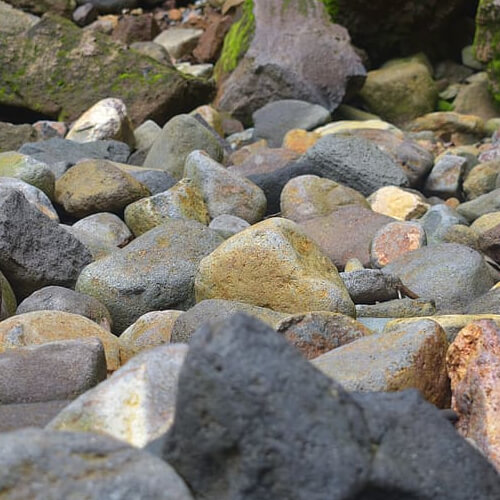



A rock is a solid, naturally occuring mass of minerals. Rocks aren't usually uniform, meaning they can't be described easily by a single chemical formula—such as sodium chloride (NaCl) for salt. Instead, geologists classify rocks based on their different mineral components and the ways that they were formed.
There are three main ways for rocks to form, each with their own name:
The rock cycle is a model geologists use to describe the transformation of rocks over long periods of time. The cycle is driven by geological forces, such as pressure and erosion, and can take millions of years. Although the cycle doesn't always follow these steps exactly, here is a simplified idea of how rocks might undergo changes:
When ultraviolet (UV) light hits these special rocks, they absorb the energy and re-emit it as visible light, creating a beautiful glow. This is known as fluorescence, and can also be seen in certain minerals, paints, inks, and dyes.
It might sound unbelievable, but a certain type of rock, called pumice, is so full of tiny air bubbles that pumice stones can actually float on water! Pumice is formed when lava from a volcano quickly and traps gas bubbles within it. This makes pumice rocks extremely light and therefore less dense than water, allowing them to float!
Okay, well, while not in the same way as plants or animals, there are certain types of rocks that can slowly increase in size over time. One example is a rock type called a "concretion." Concretions are formed when minerals in groundwater slowly build up around a grain of sand or a seashell. Over hundreds or thousands of years, these mineral layers accumulate and harden, causing the concretion to grow larger.
These ancient xylophone-like instruments were likely some of the first ever created by humans, though they are still often made and used today. Some rocks, when struck with a stick or another rock, produce different musical notes or tones. This happens because certain rocks have unique crystal structures or composition that vibrates and resonates when struck. Now that's some classic rock.